
Must-Read Historical Fiction Set in Italy
Italy as a country can feel like something of a dreamland for American readers. I first went to Italy last summer, and when I saw many of the historical sites and artworks that I had read about for decades in person for the first time, I still thought, “holy crap, they’re all real.” It’s not just made up by E.M. Forster for A Room with a View! The art and architecture that inspired generations of artists is so lovingly preserved, and the countryside is more breathtakingly beautiful than I expected. However, the country is not a postcard or a simple playground for tourists looking to find themselves. It’s full of complex political and social hierarchies, and historical fiction set in Italy, especially by Italian authors, takes on the chaotic history of the country.
The popularity of Elena Ferrante has also influenced Italy’s literary scene. Her sweeping historical novels are globally popular, and they’ve also sparked more interest in women writers from Italy in general. Many older novels by women writers started to get refreshed or first-time English translations to ride the wave of interest in Italian novels in the United States.
Instead, the current gap to be filled is still finding voices from authors of color. This is pretty typical in publishing, and it can be an even bigger problem in translation because diversity isn’t emphasized as much as simply finding the most popular novels from various countries to translate. Writers like Igiaba Scebo are determined to highlight the voices of Black women in Italian history, and more Black writers are focusing on translation to highlight a larger number of Black perspectives in Italy.
Like any work in translation associated with a specific country, we’re only getting a very small part of the whole picture, but it’s a start. Here are nine must-read historical fiction titles set in Italy to begin with!
Historical Fiction Set In Italy

The Silent Duchess by Dacia Maraini, translated by Dick Kitto and Elspeth Spottiswood
In the 1700s, Marianna Urcìa is trapped in an awful marriage with her uncle, and it’s made worse by the fact that she can’t hear or speak. Instead of staying confined to her unfair situation, she chooses to pursue education and find herself outside of her status as an obedient wife.
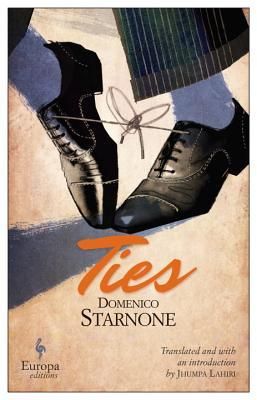
Ties by Domenico Starnone, translated by Jhumpa Lahiri
The award-winning author Domenico Starnone takes on the dynamics of marriage in this novel. It’s set in the 1970s, and we follow the relationship of married couple Vanda and Aldo. Aldo has just left Vanda for another woman, and Vanda excoriates him. However, Starnone jumps around time periods and causes us to wonder if and when they might reconcile. And if they do, what’s keeping them together?
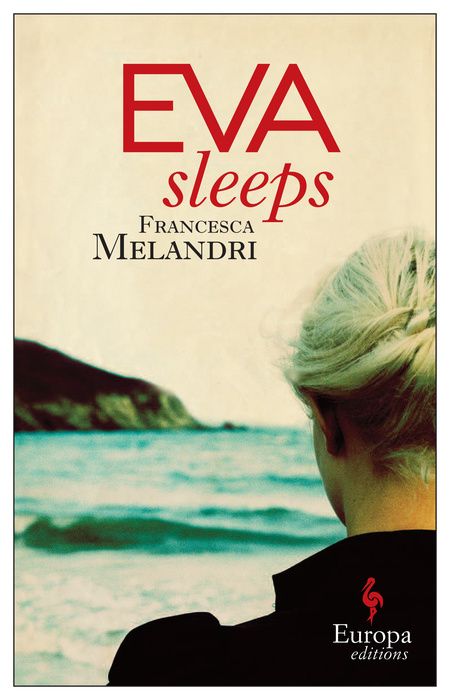
Eva Sleeps by Francesca Melandri, translated by Katherine Gregor
For readers who want to get more into the border politics of Italy, Francesca Melandri provides a great view into the historical conflicts between Northern Italy and Austria. Eva is a woman who lives in Northern Italy when she hears from an old friend of her mother’s named Vito. In the 1960s, Vito had been stationed in Northern Italy and had an affair with an Austrian woman named Gerda with a dark past. Eva goes to see Vito to uncover what happened with Gerda and why their relationship ended.
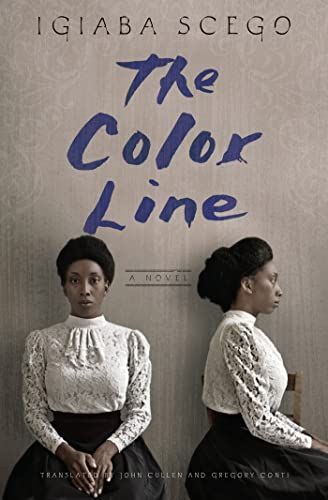
The Color Line by Igiaba Scego, translated by John Cullen and Gregory Conti
In a dual timeline, Igiaba Scego weaves the stories of a Black female artist in the 1800s and an art curator hoping to bring her work to a wider audience in 2019. Lafanu Brown successfully travels the world and pursues art, but in the 1800s, it’s hard for a Black female artist to avoid racist attacks. In modern times, Leila becomes obsessed with finding out everything she can about Lafanu’s life and how it influenced her work.
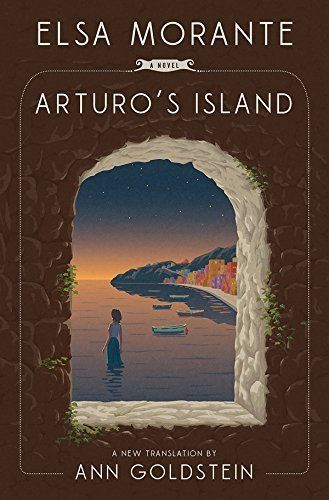
Arturo’s Island by Elsa Morante, translated by Ann Goldstein
On an island called Procida in the 1930s, Arturo spends most of his days alone at a crumbling estate. He’s used to only the company of his dog since his mom died a while ago. One day, his dad brings home a teenage girl who is his new bride. Arturo now has to deal with a stepmother around his own age.

Belladonna by Anbara Salam
In the 1950s, two friends, Isabella and Bridget, are accepted to a prestigious art school in Northern Italy that’s located on the grounds of a silent convent. The girls jump at the chance to get away and reinvent themselves. Despite their new start, they both have to confront their past and how they feel about each other.

Juliet by Anne Fortier
After her aunt dies, Julie Jacobs wasn’t expecting to receive only a key. To find out what it is, she travels to Siena, Italy, and uncovers her family’s legendary history. Julie’s ancestor, Giulietta, fell in love with a man named Romeo in the 1300s, and it caused generations of trauma for the families of both young lovers. It also inspired generations of stories. Julie goes on to untangle the dark history and figure out how to save the families from the plague on both their houses.
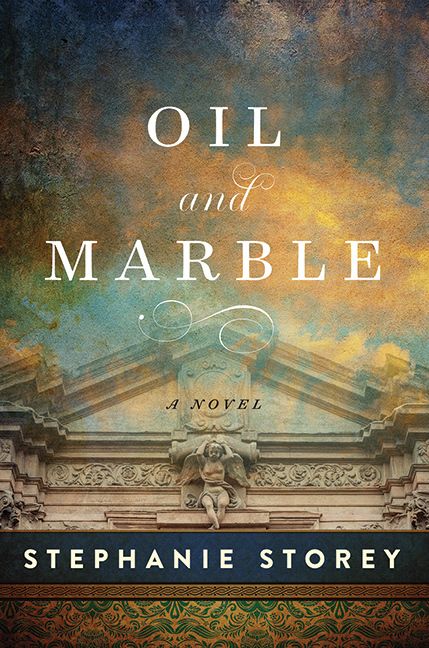
Oil and Marble by Stephanie Storey
In the early 1500s, two artistic geniuses coexisted but had a bitter rivalry. Leonardo da Vinci wanted to win the commission for the sculpture of David, but the young sculptor Michelangelo wins it instead. Da Vinci is angry and directionless, while Michelangelo is overwhelmed by the enormity of his project and has trouble finding a way in. The rivalry between the men inspires them to do their best work.
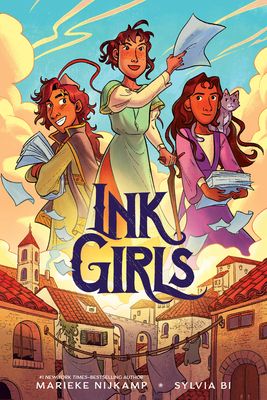
Ink Girls by Marieke Nijkamp, illustrated by Sylvia Bi
During the height of the Renaissance in a fictional Italian city, two young girls fight against unfair circumstances. Cinzia is an apprentice for a printer, and when he gets arrested for accusing a power family of corruption, she sets out to prove his innocence. Elena is confined to her home by her family, but after a chance encounter with Cinzia, she joins her on her mission.
The joy of fiction is finding new perspectives, and books about Italy especially help to contextualize the country and how it’s been shaped by history as well as international perspectives.
After diving into the wealth of historical fiction about Italy, you can find even more Italian books in translation, more historical fiction in general, and must-read travel books.











